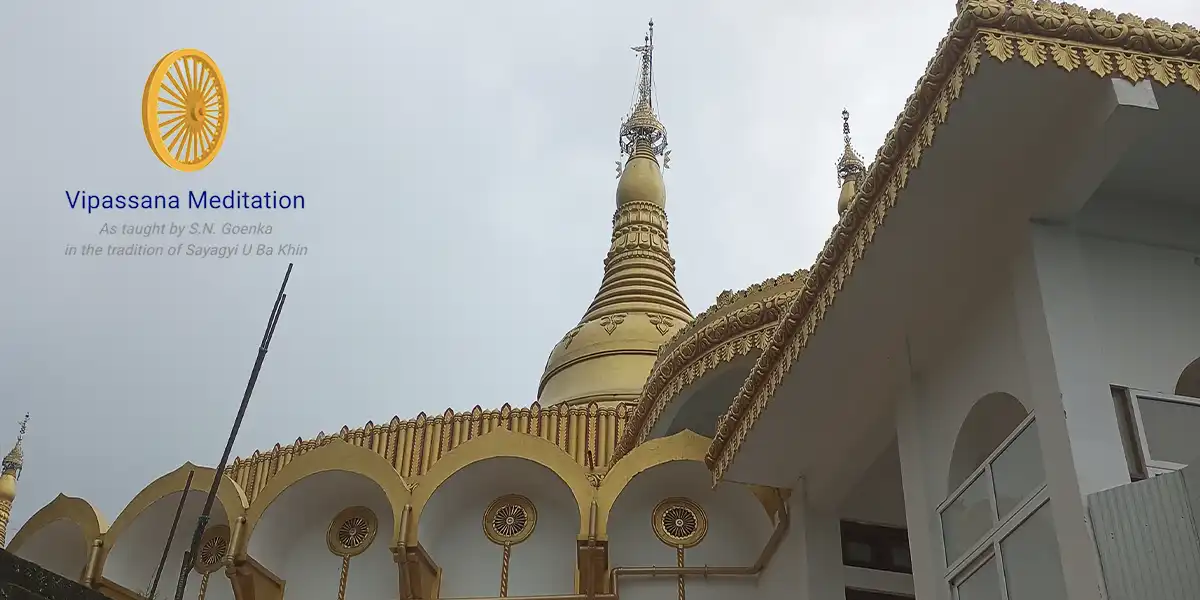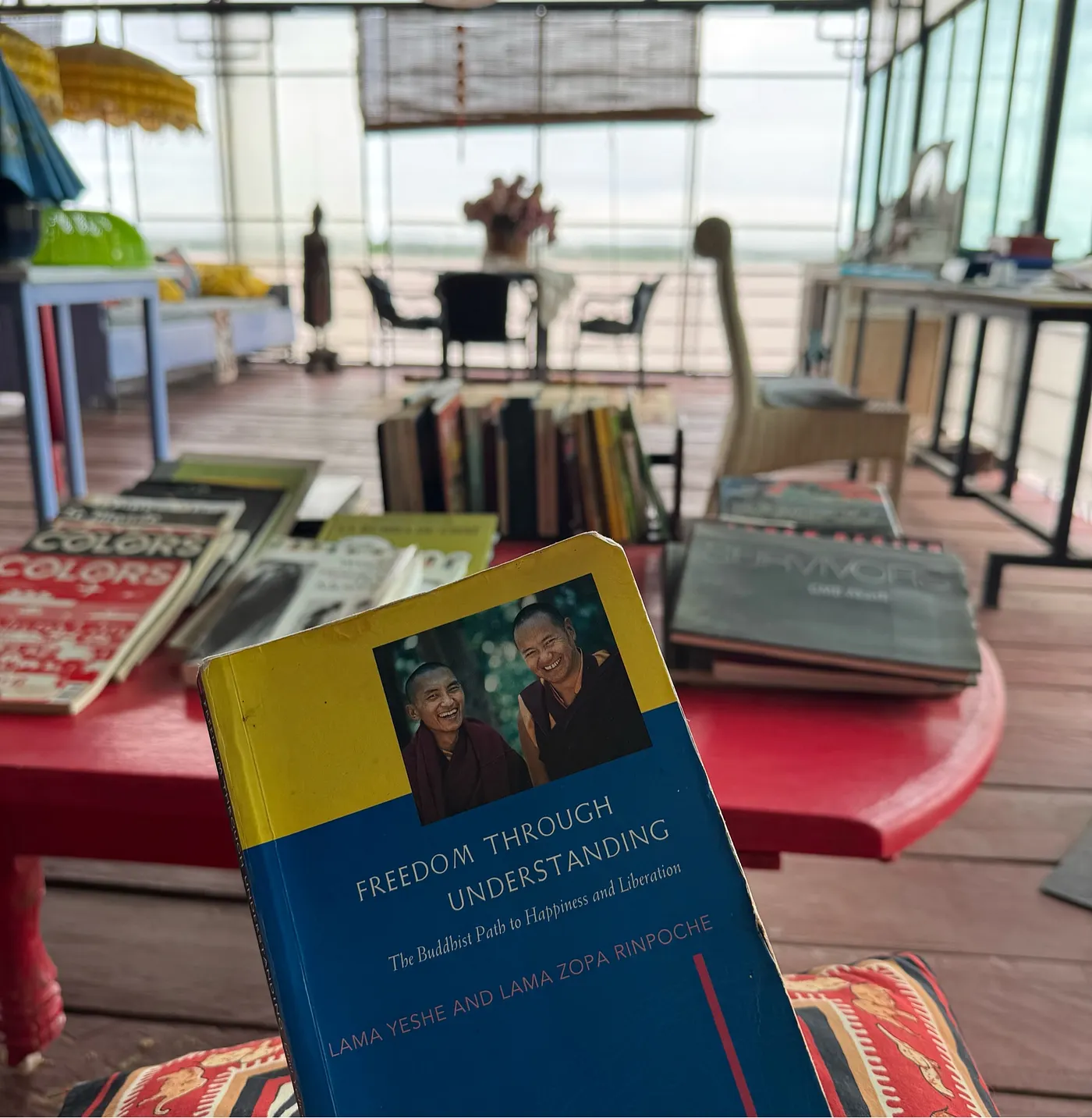Vipassanā: Seeing Things as They Really Are
Can a person get completely exhausted after sitting for fourteen hours of meditation each day? Is it truly possible to live without talking to anyone, without even looking at other people, for ten or twenty days at a stretch?
These questions might sound impossible to most of us. In daily life we live inside invisible walls, constantly telling ourselves that certain things cannot be done. We complain, we make excuses, and we take many things for granted. But perhaps we have been wrong all along.
The deeper question arises: can we really see things exactly as they are? The honest answer, at least in my case, leads to another question. What does “seeing things as they are” truly mean?
The Origins of Vipassanā
Vipassanā, which literally means “to see things as they really are,” is one of India’s most ancient meditation techniques. More than 2500 years ago, it was rediscovered by Gotama Buddha and taught as a universal remedy for human suffering, a complete art of living. Over time, however, this practice faded away in its land of origin, surviving mainly in other parts of Asia before returning to India in the modern era.
Unlike many forms of meditation that promise mystical visions or extraordinary states, Vipassanā is profoundly simple. It is not about chasing miracles or seeking unusual experiences. It is about uncovering the deepest layers of misery buried in the human mind, layer by layer, through steady awareness.
A Path of Self-Observation
Vipassanā is a process of self-transformation achieved through self-observation. It focuses on the deep and inseparable connection between mind and body, a connection that can be experienced directly by paying disciplined attention to the physical sensations within the body.
These sensations are not random. They continuously influence our thoughts, our emotions, and our actions. By observing them without reacting, we begin to dissolve the mental impurities that generate suffering. This process brings balance, clarity, and compassion into our lives.
Through direct experience, the universal laws governing thoughts, feelings, judgments, and sensations become clear. We begin to understand how we create our own suffering, and more importantly, how we can free ourselves from it. Life becomes guided by awareness, self-control, and a deep sense of peace.
The Living Tradition
From the time of the Buddha to the present day, Vipassanā has been passed down by an unbroken chain of teachers. In recent history, one of the most significant figures in this tradition was the late S. N. Goenka. Born in Burma, now called Myanmar, to Indian parents, Goenka learned Vipassanā from his teacher Sayagyi U Ba Khin, a respected government official and meditation master.
After fourteen years of dedicated practice and training, Goenka was authorised to teach. In 1969, he began offering courses in India, reviving the practice in its homeland. Over the decades, he taught tens of thousands of people from all backgrounds and faiths, spreading the method across the world. Before his passing in 2013, he established a strong system for training and appointing future teachers, ensuring that Vipassanā would remain available for generations to come.
The Ten-Day Course
For most people, the idea of committing to ten days of silence and meditation sounds extreme. The daily schedule is intense, with around fourteen hours of meditation, no speech, no physical contact, and minimal interaction with the outside world. Yet this structure is not a punishment. It is a rare opportunity to turn inward without distraction.
The first few days test patience and endurance. The body aches, the mind rebels, and doubts arise. But for those who endure, the days begin to open new levels of stillness and understanding. By the end, many leave with a clearer mind and a lighter heart, having glimpsed what it means to truly see things as they are.
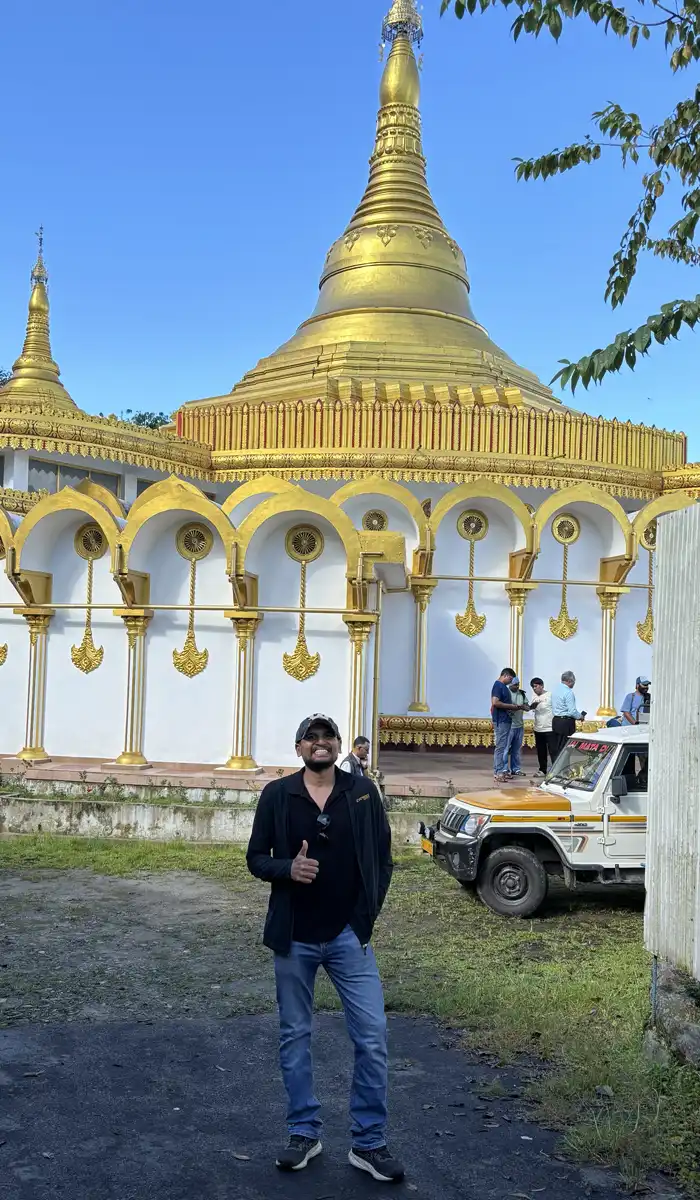
My Vipassanā Story
What can I say? Now that I am back home, I see everything with completely different eyes. It was only ten days, yet it is unbelievable how such a short time could bring such a profound change in how I perceive and respond to everyday life.
I have always loved the mountains. In fact, love is too small a word. There is a Vipassana centre just sixty kilometres from my home, yet I chose to apply for the Dhamma Sineru Centre in Sikkim.
The reasons were clear. Sikkim has always been my favourite state. I hoped to reconnect with friends I had met during my North East Cycling Expedition, and I wanted another chance to see the mighty Kanchenjunga. I may never get such an opportunity again. Above all, I felt safe in its shadow.
Day Zero and Day One
That first night was difficult. I could not sleep, and I had disturbing dreams. It was after 2 a.m. when I finally dozed off. The 4 a.m. wake-up bell came too soon. I was late for the meditation hall by half an hour, which left me feeling guilty. Sitting still with my back straight felt nearly impossible.
The highlight of the day was the evening discourse by S. N. Goenka, played on a television screen. For someone who had not gone a day without using a phone or watching television, those ninety minutes felt strangely comforting. They also gave me enough motivation to face another day.
That night, however, my mind turned against me. Painful memories and regrets surfaced one after another. The mental struggle had begun.
Day Two: The Breaking Point
The second day was worse. Pain in my legs, calves, thighs, lower back, upper back, neck, and shoulders. By late morning, I was ready to leave.
At noon, students are allowed to speak briefly with the assistant teacher. I met Mr. Dilip Yonzon and told him about my nightmares and the pain I was experiencing. He listened calmly and simply advised me to rest before the afternoon session, to try with a little more determination, and to see if it improved.
I forced myself through the afternoon. The task was simple in words but hard in practice: sit with eyes closed, keep the back straight, and focus on the sensation around the nose and nostrils. My mind kept repeating that I had made a mistake by coming here.
The evening discourse offered a small ray of hope. Goenka explained that on the third day, the actual Vipassanā technique would be taught. I decided to stay until then, with the plan to leave if it did not help.
Day Three: The Turning Point
The morning of the third day was like the others, filled with resistance. But from 2 p.m. to 4 p.m., everything changed.
Goenka taught the technique of Vipassana. As I followed the instructions, something deep inside shifted. It may have been hallucination, realization, or simply a state of clarity beyond pain, fear, desire, or anger. Whether it lasted seconds or minutes, I cannot say. But it was enough.
When I opened my eyes after more than two hours, I knew I had been wrong to doubt the process. For the first time, I understood what it meant to “see things as they are.” I no longer wanted to leave. I wanted to remain in that meditation hall.
The first three days had prepared all of us for this moment. The discipline of Sĩla (morality) and Samādhi (concentration) had paved the way for Paññā (wisdom).
The Days That Followed
From that point, time moved differently. Day six came and went. Then day seven. Then day nine. On day ten, I felt a strange nostalgia. I wanted to stay one more day.
I noticed people had lost weight, and their faces glowed with a quiet brightness. When the noble silence ended, we spoke with open hearts, without judgment or hidden motives. It was pure connection, filled with kindness and compassion.
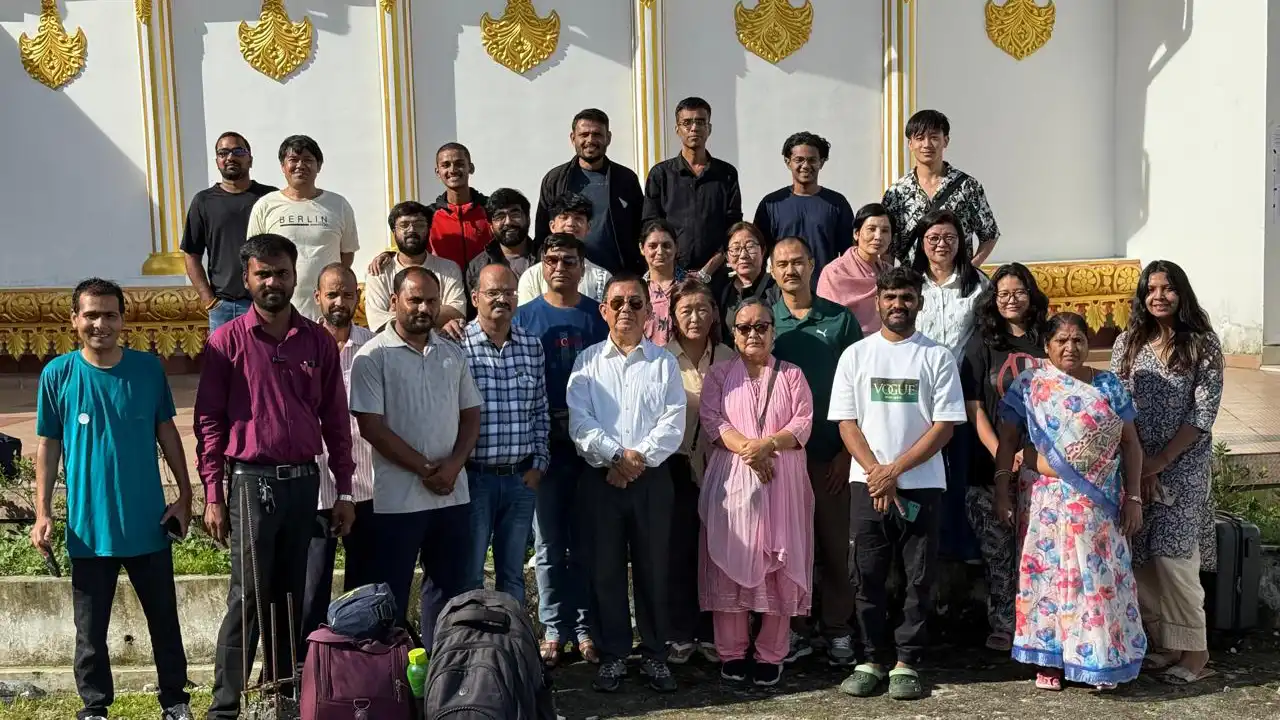
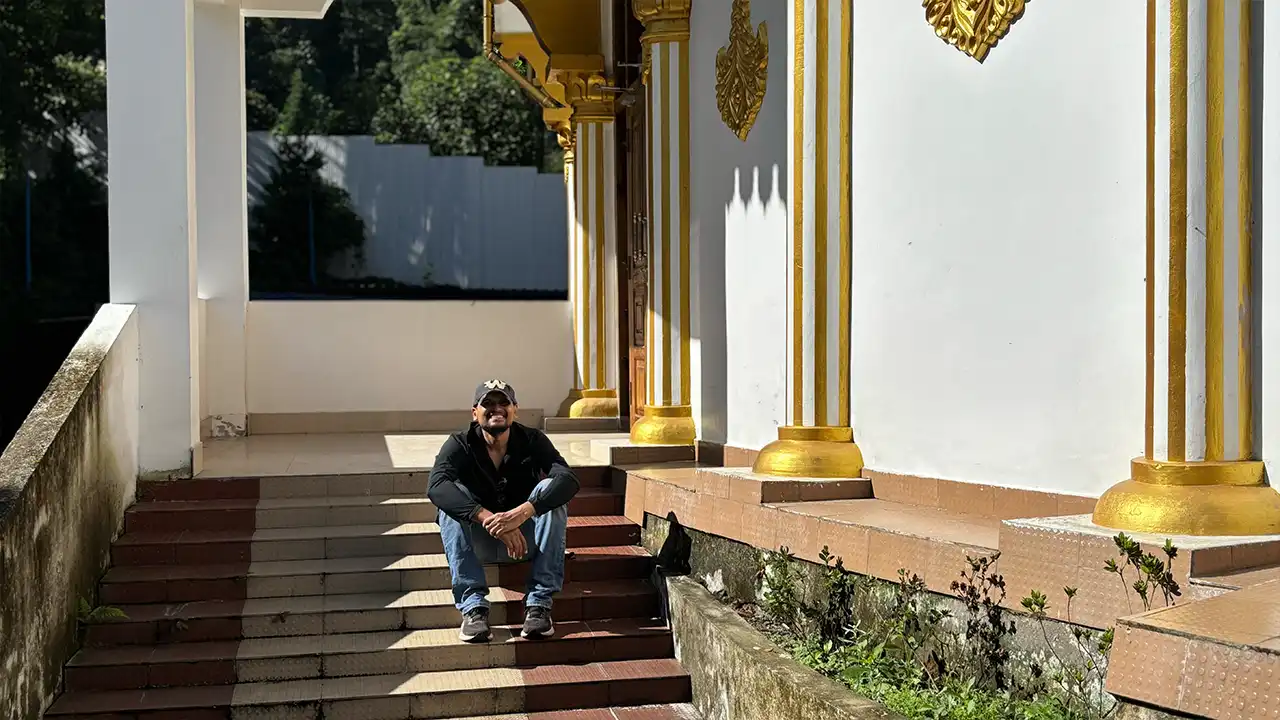
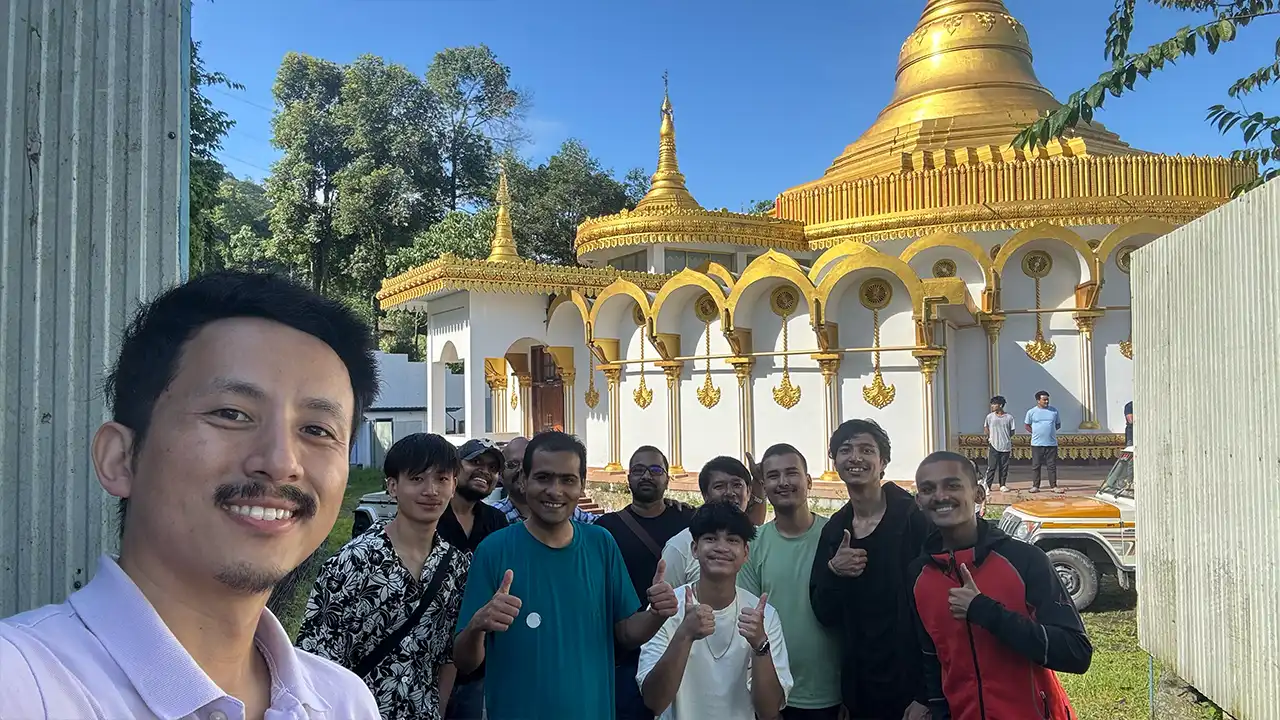
Reflections
I left feeling deeply fortunate to have encountered this ancient technique and to have endured its challenges. I made new friends and lived ten of the happiest, most compassionate days of my life.
It was because of our guru, Mr. Dilip Yonzon, that I reached the finish line. His guidance, patience, and quiet strength carried me through the most difficult moments. He once explained to me, “There is nothing extraordinary in Vipassana, just the truth.” I may have understood only a small part of it..
For someone who once could not keep his eyes closed for even twenty seconds, Vipassanā has made it possible for me to remain in deep meditation for more than two hours at a time. At this moment in my life, that feels like a great victory.

